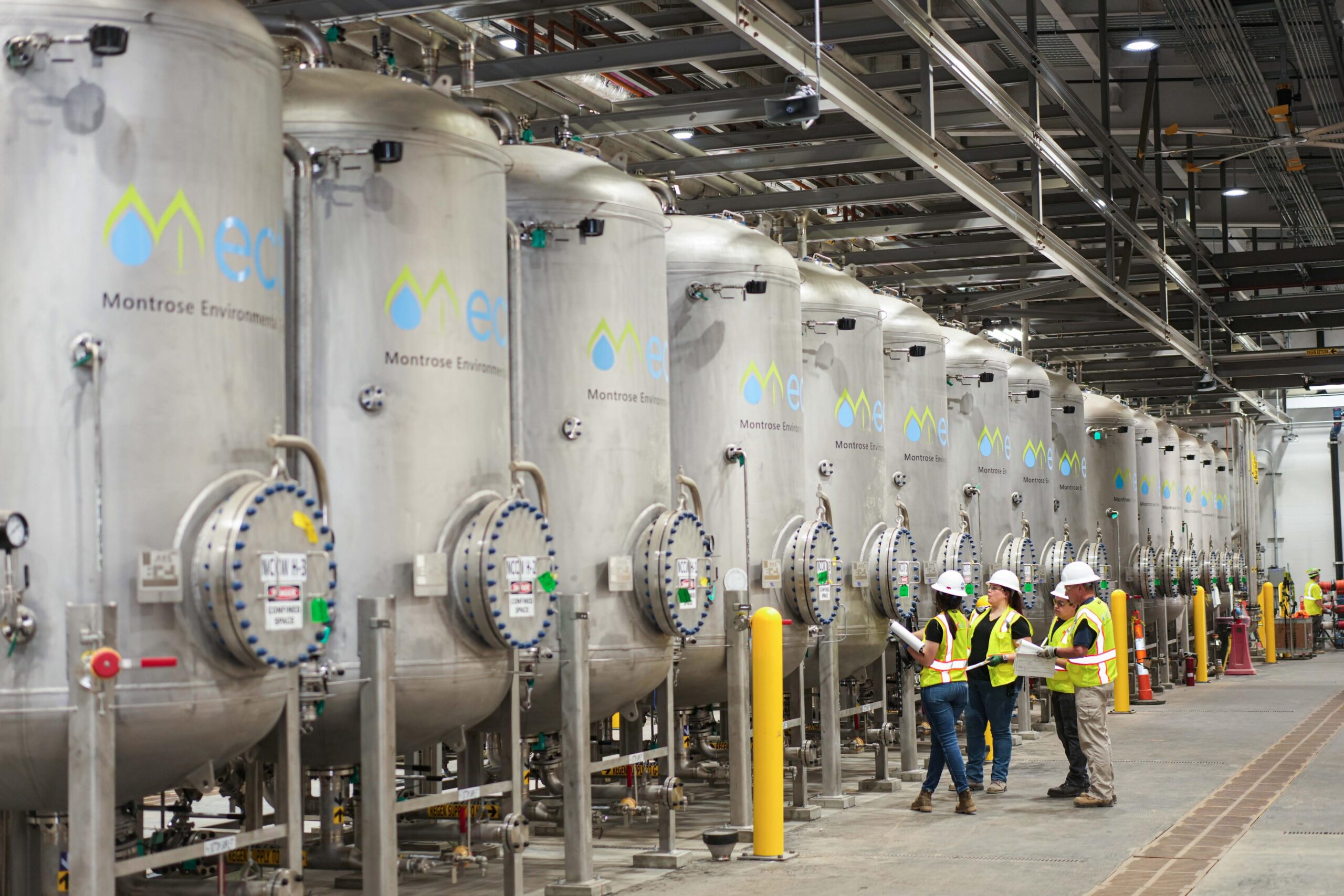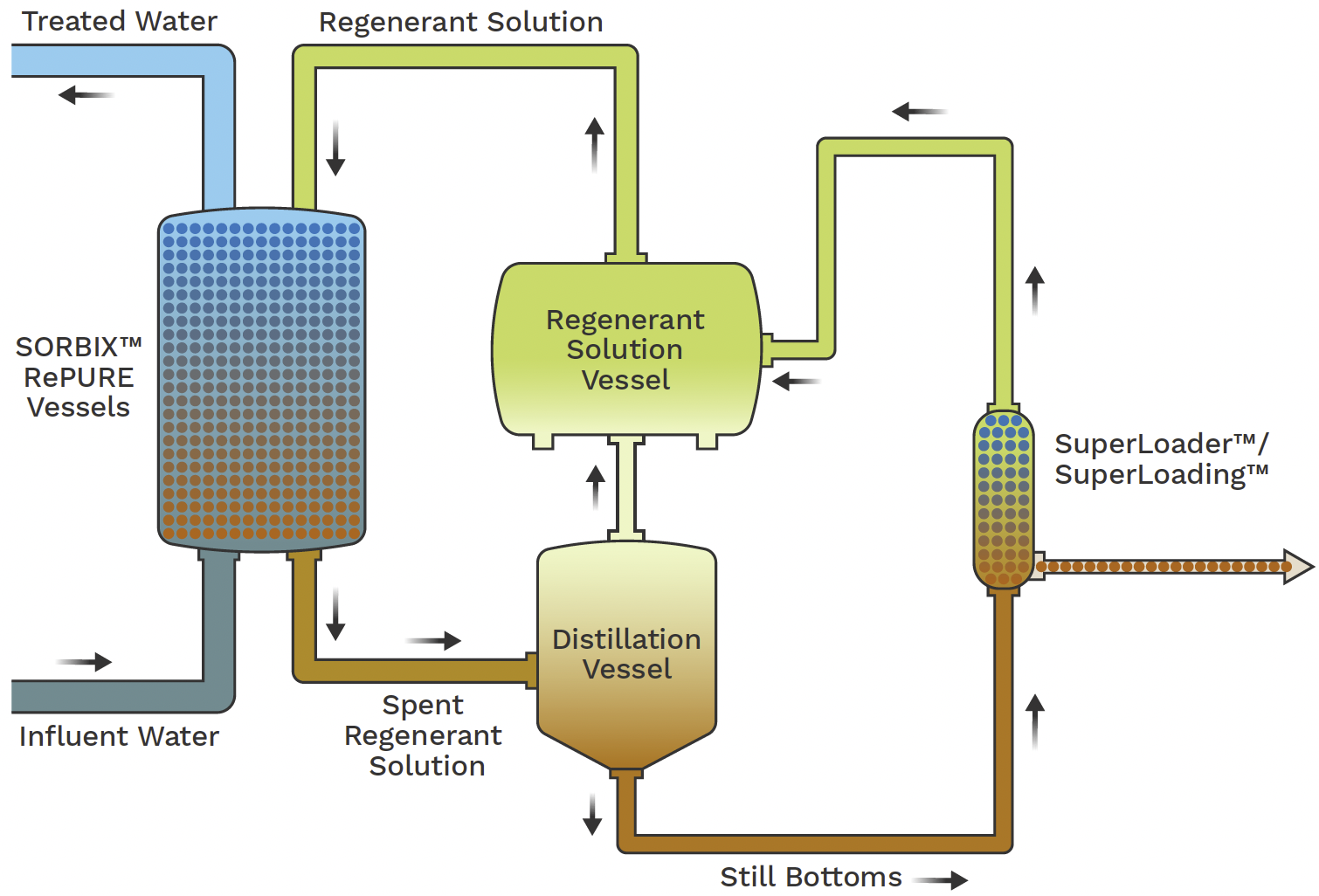Why PFAS Treatment Is Crucial for Reducing Harmful Chemical Exposure
Innovative PFAS Treatment Solutions for Safer Water
The enhancing occurrence of PFAS contamination in water products demands a crucial assessment of ingenious therapy remedies. Additionally, arising bioremediation methods supply an even more sustainable approach to tackling PFAS difficulties. pfas management.
Introduction of PFAS Contamination
PFAS contamination has actually arised as a significant environmental and public health and wellness problem. Per- and polyfluoroalkyl substances (PFAS) are a team of artificial chemicals recognized for their persistence in the environment and body, leading them to be typically referred to as "forever chemicals." These compounds have been widely used in numerous sectors, consisting of firefighting foams, water-repellent textiles, and food packaging, mostly because of their water- and grease-resistant homes.
The prevalent use PFAS has resulted in their discovery in soil, water products, and also in the blood of humans and animals. Studies have actually linked PFAS exposure to many health and wellness problems, including developmental results in babies, immune system dysfunction, and numerous kinds of cancer. Additionally, the environmental determination of these compounds complicates their destruction and elimination, raising concerns concerning long-lasting environmental impacts.
Governing bodies are significantly implementing rigorous guidelines to monitor and lower PFAS levels in alcohol consumption water and various other environmental tools. As understanding of PFAS contamination expands, it has actually become critical for neighborhoods and industries to look for effective therapy services to minimize direct exposure and guard public health and wellness.
Advanced Filtration Technologies
As the seriousness to deal with PFAS contamination intensifies, progressed filtration modern technologies have arised as an essential part in the remediation initiatives focused on getting rid of these persistent chemicals from water resources. These innovations utilize advanced devices to efficiently target and record PFAS compounds, which are infamously immune to traditional therapy methods.
One of one of the most promising techniques is the usage of granular activated carbon (GAC), which adsorbs PFAS particles due to its high area and permeable framework. This method has been extensively implemented in both community and commercial setups, demonstrating significant reductions in PFAS focus. In addition, ion exchange resins have gotten grip, specifically made to selectively bind PFAS ions from water, thus facilitating their elimination.
Membrane filtering modern technologies, such as reverse osmosis and nanofiltration, also show effectiveness in PFAS removal by physically dividing impurities from water - pfas management. These systems can attain high degrees of pureness, making them ideal for alcohol consumption water applications
Chemical Therapy Developments
Various chemical therapy technologies are being explored to efficiently deal with PFAS contamination in water materials. One appealing method includes the usage of innovative oxidation procedures (AOPs), which make use of powerful oxidants such as ozone, hydrogen peroxide, or chlorine dioxide combined with UV light to break down PFAS compounds into less hazardous substances. This method has demonstrated efficacy in lab settings, showing potential for scalability in real-world applications.
Another cutting-edge approach is the growth of ion-exchange materials particularly created to target PFAS. These resins can precisely adsorb PFAS compounds from water, enabling their elimination throughout treatment processes. Current innovations have improved the performance and capacity of these resins, making them a favorable alternative for water treatment centers.
Furthermore, researchers are investigating making use of chemical agents like persulfate and ferrous ions to enhance the destruction of PFAS in polluted water. These agents can generate chemical reactions that facilitate the failure of consistent PFAS substances.
Arising Bioremediation Strategies
Recent innovations in chemical treatment innovations have actually led the way for exploring bioremediation methods as a practical alternative for resolving PFAS contamination. Bioremediation takes advantage of the all-natural metabolic processes of microbes to deteriorate or change pollutants, making it an attractive approach for dealing with relentless pollutants like PFAS.
Arising techniques in bioremediation include using genetically engineered microbes that can specifically target and break down PFAS substances. These microbial strains are being established for their improved destruction capacities, boosting the efficiency of the remediation procedure. Additionally, researchers are exploring the possibility of plant-assisted bioremediation, where specific plant varieties may uptake and sequester PFAS from polluted dirt and water.
An additional promising method is the application of bioaugmentation, which entails presenting beneficial microorganisms right into contaminated settings to increase the deterioration of PFAS. This approach can facilitate faster remediation timelines and improve general effectiveness.

Regulatory Frameworks and Criteria
A detailed regulative browse around here structure is essential for efficiently handling PFAS contamination and making sure public health and wellness security. The boosting acknowledgment of per- and polyfluoroalkyl compounds (PFAS) as ecological contaminants has actually triggered different federal and state companies to establish standards that govern their presence in water supplies. The United State Environmental Defense Firm (EPA) has actually developed health and wellness advisories and is working toward setting enforceable restrictions for PFAS in alcohol consumption water.
State-level guidelines differ substantially, with some states embracing stricter standards than those recommended by the EPA. These guidelines frequently include optimum contaminant levels (MCLs) for specific PFAS compounds, surveillance demands, and reporting responsibilities for water utilities. Furthermore, emerging frameworks concentrate on the removal of polluted websites, highlighting the demand for effective therapy technologies.

Verdict
Finally, the advancement and implementation of innovative PFAS therapy options are important for addressing the prevalent issue of water contamination. Advanced filtration modern technologies, chemical therapies, and emerging bioremediation techniques jointly provide a multifaceted strategy to successfully decrease and weaken PFAS degrees. As governing frameworks remain to develop, integrating these modern technologies will be vital read the article to secure public health and wellness and recover the stability of contaminated water resources, ultimately adding to a cleaner and more secure environment.